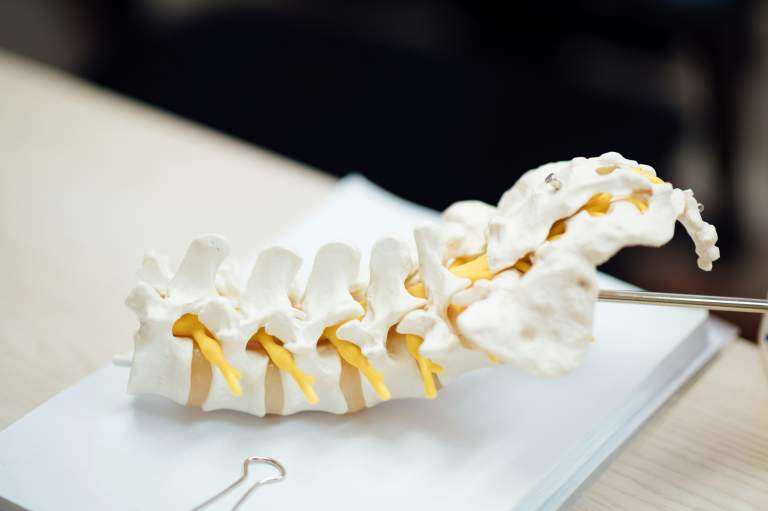Did You Know?

Evidence for Platelet-Rich Plasma in Spine Care: The Protocol for Using PRP in Spine Care
Posted July 28, 2025
Targeted PRP protocols address disc tears, joint pain, and spinal instability using precise diagnostic steps and injection techniques for long-term relief.
Platelet-Rich Plasma (PRP) is typically considered after conservative steroid treatment has failed to provide meaningful or lasting relief. The starting point is usually one or two low-dose, non-particulate steroid injections—specifically, 5 mg of Dexamethasone combined with 3 cc of buffered D5W (5% dextrose in water) and ½ cc of Lidocaine or Marcaine.
If symptoms include leg pain consistent with sciatica, a Transforaminal ESI (TFESI) is used first. If that injection provides less than 50% relief or relief lasting under 2 weeks, a Caudal ESI may be the next step.
PRP becomes the next consideration when those injections still fail to provide adequate relief. With continued research, PRP may soon move into first-line treatment status, replacing steroids entirely in many cases.
PRP by Condition
- Annular Fissures (disc tears):
Certain exercises can support healing, but PRP injected directly into the disc has demonstrated the ability to repair fissures and restore disc integrity. - Facet Joint and Sacroiliac (SI) Joint Pain:
A diagnostic block should first be performed with Lidocaine once and Marcaine a second time. If both injections provide at least 80% relief for the expected duration of the anesthetic, the joint is considered the pain source. PRP can then be injected for longer-lasting improvement than what steroids typically offer. - Lumbar Instability (segmental hypermobility):
When pain stems from loosened or lax ligaments, PRP can be injected into the supraspinous and interspinous ligaments to promote stabilization and healing of the spinal segment.
The PRP protocol is rooted in careful diagnostic steps and tailored treatment paths based on symptoms and response to earlier interventions. As clinical outcomes and research continue to support its use, PRP is moving closer to becoming the standard of care for a wide range of spinal pain conditions.
Read more from the series “Evidence for Platelet-Rich Plasma in Spine Care”:
- The History of Epidural Steroid Injections
- How Many Steroid Injections Are Too Many?
- When Is a Steroid Injection Actually Warranted?
- How PRP Compares to Steroids in Spine Treatment
- The Protocol for Using PRP in Spine Care